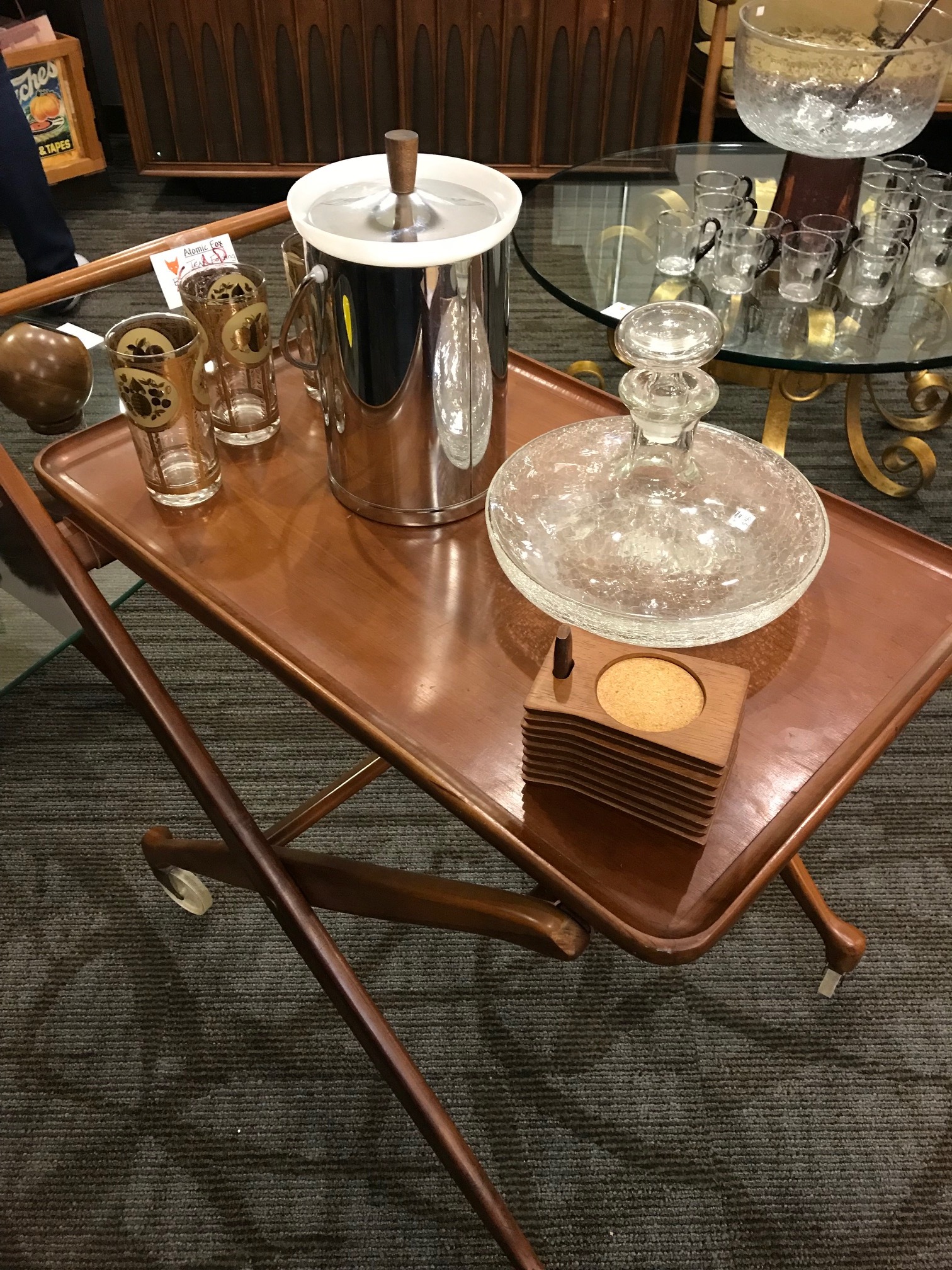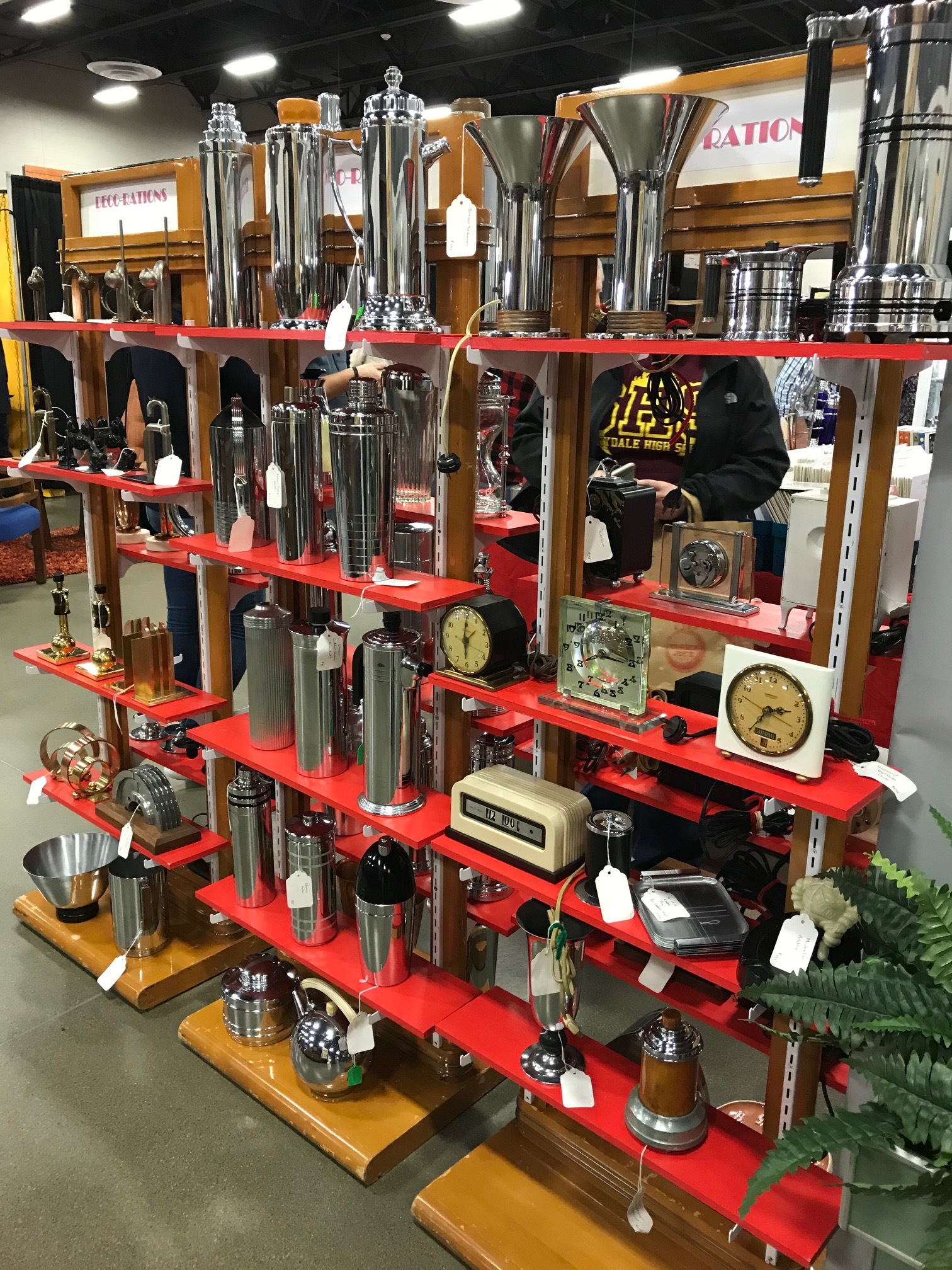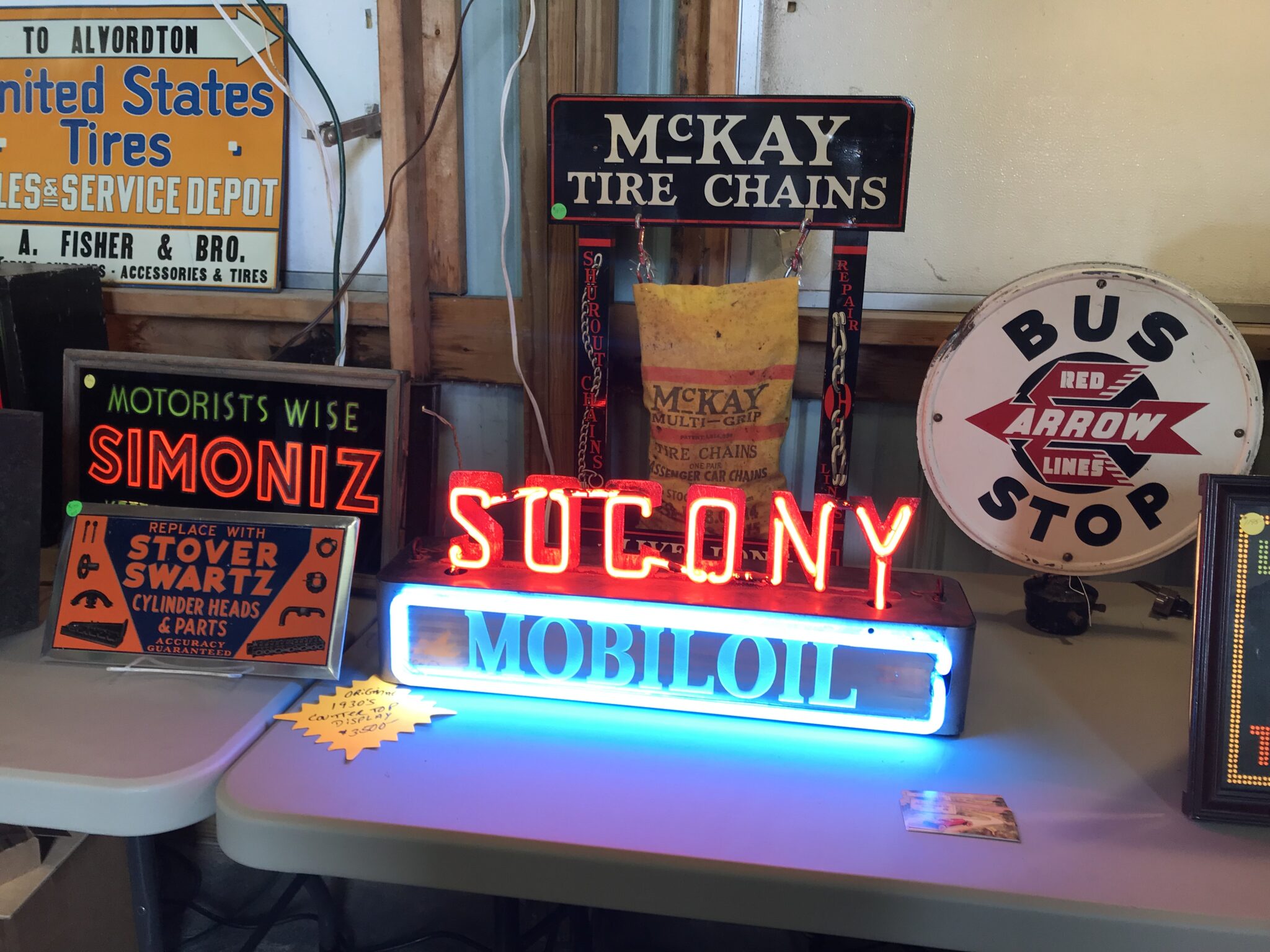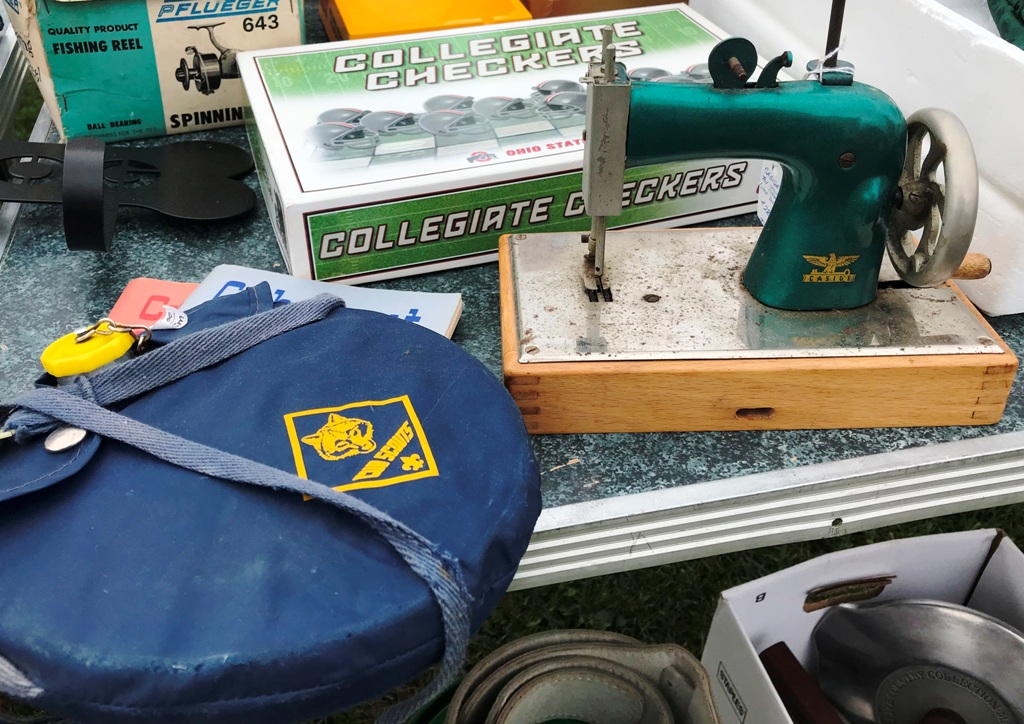Marketing Makeover for Dealers and Resellers: Part VI, In Pursuit of Your Product Line
We’ve reached the midpoint of this marketing series for antiques dealers and resellers. If you’ve followed the articles this far, you’ve undoubtedly picked up some useful ideas. If you are joining mid-stream or would otherwise like a quick reminder of what we’ve covered, here is a brief summary of the previous installments:
Part I laid the foundation, introducing you to the nine-letter acronym known as the marketing mix that will help you develop a strong marketing strategy. In Part II, you learned about the first “C” in the mix; developing a magnetic company that draws buyers to you. Part III taught you how to identify your target customers, while Part IV discussed how you fit into the competitive landscape. Most recently, Part V presented information on channel issues like supply, inventory, and delivery.
In this segment, you’ll learn about the first “P” in the marketing mix—the P of Product. You are correct if you presume it alludes to the merchandise you offer for sale. That said, not only can “product” refer to tangible items, it can also reference intangible services (like interior design) if you offer those alongside your merchandise.
Product strategy is relatively easy to understand and is tied to your company concept. Going back to part two of this series, you learned how important it is to say goodbye to the days of selling virtually anything to turn a dollar, to crafting a business around a discernible concept or theme. Your product line should, likewise, be specialized and embody that theme.
This segment’s marketing mantra offers a simple insight into why product specializing is so sensible:
Marketing Mantra #6: When you are known for something, buyers will find you.

Photo: William Flood
Your niche beckons to interested buyers (your target market) who want or need what you offer. For example, let’s say you run an antique mall booth filled with original movie posters and Hollywood ephemera. Anyone shopping at the mall who appreciates entertainment memorabilia will be captivated by your space. They’ll likely remember it and return when they want something. Concurrently, word will get out to other memorabilia enthusiasts about what you offer.
Additionally, unlike indistinct offerings, product niches open the doors to participate in specialty shows and auctions and provide avenues for targeted advertising.
Don’t Offer Random Finds. Be a Resource Instead!
While occasional impulse purchases are great, they won’t sustain a business. Instead, you want repeat business and word-of-mouth. That’s where being a resource comes in. As well, if someone is not already familiar with you, your specialization helps fuel their ability to find you.
Resourceful, niche product strategy was illustrated by numerous dealers at the massive Scott Antique Market held in Columbus in late 2021. One of them, Kirsten McLaugh, had a booth brimming with vintage cast iron cookware. There were soup pots, frying pans, griddles, and waffle irons among her pieces. Yet, her specialization didn’t stop with pots and pans. She paired her core products with accessories like iron racks and hooks to hang pieces, specialty cleaners designed for cleaning cast iron, and even cast iron-themed cookbooks. In short, it was a front-to-back solution.
Five aisles away, Jack Peacock of Carolina Antiques from Winston-Salem offered what is considered in some circles to be a waning product category—vintage and antique glassware. Yet, his space held pieces with three-and-four-figure price tags. And, people were buying! The reason? To use a poker term, he was “all in.” He didn’t display a clutter of run-of-the-mill ceramics arranged alongside a bunch of other stuff. Instead, his booth was a glassware gallery filled with exceptional pieces of nearly museum-quality. Plus, he was an expert who could tell you about each piece and the manufacturer who made it.

Photo: William Flood
This is not to suggest that you need to drill down to a sole category like the dealers mentioned above. Yet, you want to have an identifiable theme to your offerings. Being a bit eclectic is fine as long as you can craft a synergy to the mix. What you don’t want is an indistinguishable array.
Take the example of petroliana dealers. They can offer a wide range of merchandise—gas pumps, oil cans, car dealer signs, and occasionally vintage car items. While individually disparate, the products all fit together thematically. But it would be counterproductive if that dealer included Depression-era pottery or cast-iron cookware mix. Chances are, petroliana shoppers wouldn’t give those items a second look. Worse, incorporating the extraneous items could undermine the credibility of the dealer’s primary focus.

Photo: William Flood
The Side Benefit of Specialization—Knowledge
The more exposure you have to your chosen product lines, the more expertise you develop. In his classic book, The Challenge, author Robert G. Allen offered a powerful axiom: “Until you know value, everything is worthless. Once you know value, opportunity is everywhere!” He was talking about real estate investments; yet, it always struck me how applicable it was to the antiques and reselling industries. Think about it in relation to your product line:
…Until you know value, everything is worthless…
It’s a case of “you don’t know what you don’t know.” Have you ever left a purchase behind because you didn’t know what it was or were unfamiliar with its potential value, only to discover that it could command an impressive sum? Or, have you ever walked away from a purchase because you were uncomfortable with the asking price, not knowing how much it would sell for? These are examples of not knowing value.
…Once you know value, opportunity is everywhere…
Have you ever had the fortunate experience of impulsively grabbing an item to resell, not knowing its value, yet ending up with a real treasure? While that was accidental, you now have an “eye” for those in the future. You became aware of value. What about the categories you have deliberately studied and amassed product knowledge as a result?
Still, it’s not possible to know the value of everything, which is why specialization is so important. Expertise comes from intense engagement. Even a single product category can require hundreds of hours of intentional study to develop true expertise.
Tools like Worthpoint’s Price Guide, M.A.P.S. database, and Library are exceedingly useful for researching value. Still, you need to know what you are looking at. Imagine spying a strange yet aged-looking piece of scrap metal sitting on a flea marketers table. Neither you nor the vendor knows what it is, so even with a $3 price tag, you pass it over. Later in the day, an antique gun collector, who possessed specialized knowledge, quickly identified it as a Civil War-era flintlock mechanism, potentially worth $150-$200.
Is it time to re-evaluate your product strategy? Are you chasing too many random items just because they seem like good “flips?” Is it time to concentrate your efforts around a niche of merchandise? Again, there’s a lot to gain: you’ll confidently know what to pay, you’ll be more knowledgeable about resale value, and buyers will seek you out as you become known in the marketplace for your specialization.
William Flood is a mid-century antiques dealer and writer specializing in twentieth-century commercial culture. He writes for numerous antique and collectibles publications on subjects like roadside architecture, 1950s modernism, and even vintage tiki culture. He is the author of two Ohio local history guides. When not writing, you might find him enjoying a small-town Main Street or taking the great American road trip.
WorthPoint—Discover. Value. Preserve.
The post Marketing Makeover for Dealers and Resellers: Part VI, In Pursuit of Your Product Line appeared first on WorthPoint.

